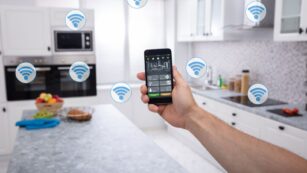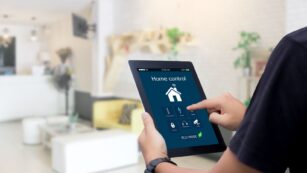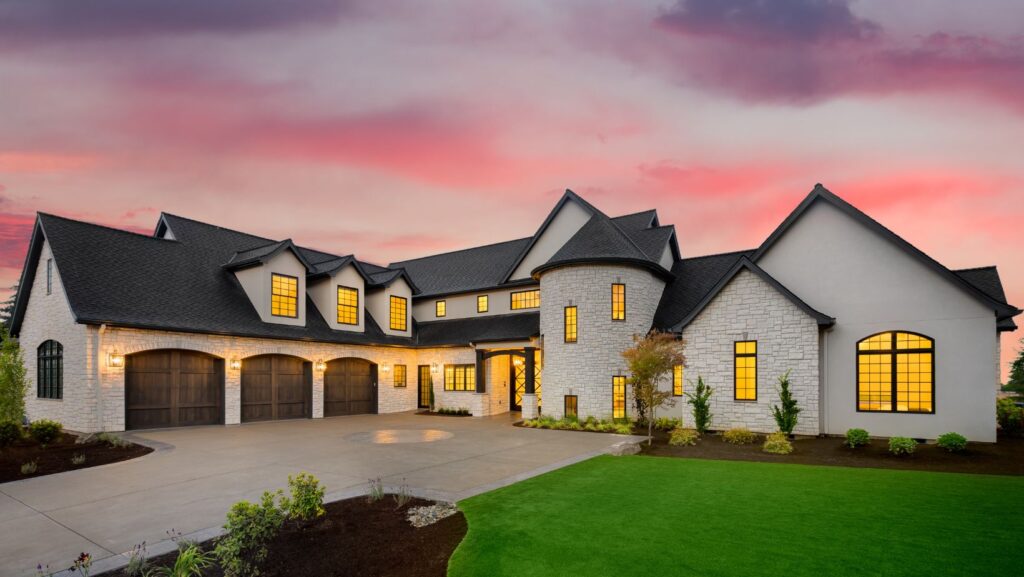Imagine living in a home that anticipates your needs, enhances your comfort, and optimizes energy usage. Welcome to the world of smart home design. It’s not just a buzzword, but a lifestyle revolution that’s transforming our living spaces into intelligent, efficient, and convenient habitats.
Smart Home Design
What Is Smart Home Technology?
 Smart Home Technology manifests as a grouping of devices, appliances, or systems that connect into a common network. This interconnectedness allows them to be independently and remotely controlled. Smart home technology, loosely called home automation, provides homeowners with efficiency, as they operate appliances and systems remotely, or via a schedule.
Smart Home Technology manifests as a grouping of devices, appliances, or systems that connect into a common network. This interconnectedness allows them to be independently and remotely controlled. Smart home technology, loosely called home automation, provides homeowners with efficiency, as they operate appliances and systems remotely, or via a schedule.
For instance, smart lighting control could reduce electricity usage by switching off lights when no one’s in the room. Smart security systems can monitor activity around the house, even while the homeowners are away, providing peace of mind. Thus, it creates a living environment that’s responsive, automated, and easily controlled.
Key Components of a Smart Home
 There are several essential components to designing a smart home. These include interconnected devices such as:
There are several essential components to designing a smart home. These include interconnected devices such as:
-
Smart Lighting: Allows homeowners to control each light remotely or through programmed routines. Instruct the lights to dim as the evening sets in or switch them off when a room’s unoccupied.
-
Smart Thermostats: These adjust heating and cooling systems based on routines and external weather conditions. Lower the heat when you’re away from home, saving on energy costs.
-
Smart Security Systems: Install cameras, smart locks, and motion detectors for a heightened layer of home protection. Receive alerts when suspicious activity’s detected.
-
Smart Appliances: Opt for Wi-fi enabled appliances like refrigerators, ovens, or washing machines. They offer efficiency and convenience with scheduling and voice commands.
-
Smart Home Hubs: These devices act as the command center for a smart home, integrating with all other devices and offering a unified control system.
Benefits of Smart Home Design
As residents venture further into the realm of intelligent living spaces, they often discover undeniable advantages that smart home design offers. Grounded in efficiency and affordances, these design benefits range from energy conservation to unparalleled security improvements.
Energy Efficiency and Sustainability
Smart home design, with its unique blend of tech-infused appliances and systems, leads the charge in energy efficiency and sustainability. For instance, smart thermostats learn homeowners’ habits, adjusting the home’s temperature relative to the occupants’ routines, thus ensuring optimal energy utilization. Similarly, smart lights turn off when they sense no presence, preventing unnecessary energy consumption. Features like insulated radiant floors further enhance efficiency by maintaining consistent indoor temperatures with minimal energy use.
These tech advancements contribute heavily to a home’s energy management, trimming down electricity bills and impressively reducing the carbon footprint. Decidedly, the sustainable living that smart home design enables both meets occupants’ comforts and extends a hand towards Earth conservation.
Security and Safety Enhancements
 Aside from energy savings, smart home design also amplifies security and safety within the household. How? Through high-tech devices that reign in digital control. Take smart security systems, for example. They immediately alert homeowners of any security breach, sending notifications directly to their smartphones. Similarly, smart smoke detectors promptly trigger alarms at the first sign of smoke or fire, ensuring occupants’ safety.
Aside from energy savings, smart home design also amplifies security and safety within the household. How? Through high-tech devices that reign in digital control. Take smart security systems, for example. They immediately alert homeowners of any security breach, sending notifications directly to their smartphones. Similarly, smart smoke detectors promptly trigger alarms at the first sign of smoke or fire, ensuring occupants’ safety.
Fundamentally, smart home design transforms a residence into a veritable fortress. It protects, it secures, and it alerts, thus providing peace of mind in an increasingly uncertain world. Indeed, the security and safety enhancements of smart home design are undeniable, paving the way for a safer, smarter living experience.
Planning Your Smart Home Layout
Planning your smart home layout involves strategic thought and consideration. It’s not just about filling the home with innovative gadgets but systematically integrating tech into the design to make life easier, more comfortable, and efficient. Structuring a layout requires understanding user lifestyle and needs, selecting suitable smart devices such as smart lighting, thermostats or security systems, and determining their placement for optimal functionality. For instance, a centralized location might prove ideal for smart hubs while corner spaces can cater to security cameras. Besides placement, interconnectivity among these devices plays a significant role in a well-functioning smart home layout, enabling seamless control and enhanced living experience. Therefore, a well-planned smart home layout is foundational to reaping the full benefits of smart home design.

